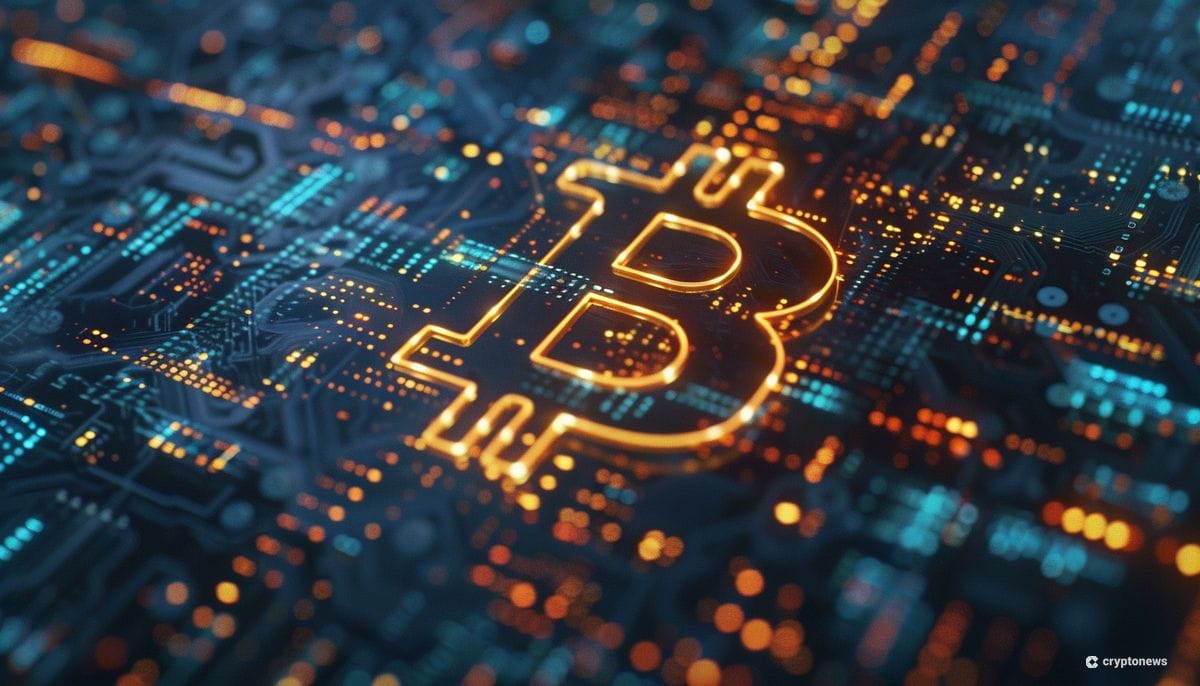Bitcoin’s layer-2 (L2) solutions have gained momentum in response to increased network traffic leading to slower processing times and higher transaction fees. L2 solutions aim to enhance Bitcoin’s scalability, reduce transaction costs, and introduce virtual machine programmability to the network. The Bitcoin L2 Lightning Network, for example, facilitates faster BTC transfers compared to layer-1 processing. This development has also paved the way for decentralized finance (DeFi) applications on the Bitcoin network, with over 74 Bitcoin L2 solutions identified in a recent report from Bybit.
Bitcoin’s usability now heavily relies on L2 infrastructure, according to Rena Shah, COO of Trust Machines. She noted that transactions settle faster and cheaper on L2, while layer-1 focuses on high-value settlements. The potential for Bitcoin as a decentralized base layer for applications is becoming a reality with the rise of L2 solutions. Daniel Fogg, CEO of Rootstock, shared that the platform has experienced record-breaking transactions in recent months, indicating increased adoption of Bitcoin L2 solutions for various decentralized applications and wallet integrations.
Decentralized exchange SushiSwap’s integration with Rootstock offers users the ability to trade and provide liquidity leveraging Bitcoin’s security and decentralization. Jeff Yin, Founder of L2 solution MerlinChain, emphasized the importance of increasing liquidity across Bitcoin L2s to encourage participation in trading and DeFi activities. Karan Bharadwaj, CEO of L2 staking network Arithmic, highlighted the challenges of liquidity fragmentation, bridge usage complexity, and scalability concerns faced by Bitcoin L2s, suggesting interoperability standards as a solution.
Despite challenges, industry experts foresee continued growth and maturity of Bitcoin L2 solutions. Recent developments, such as the launch of ZKM’s GOAT Network with a decentralized sequencer model and Hamilton’s tokenized U.S. Treasury bonds on Bitcoin L2 blockchains, indicate ongoing innovation in the space. With updates like the Nakamoto upgrade on the Stacks L2 solution promising faster transactions while maintaining Bitcoin’s security, the Bitcoin L2 ecosystem is expected to evolve to meet the demands of users seeking faster, cheaper, and more efficient transactions.











